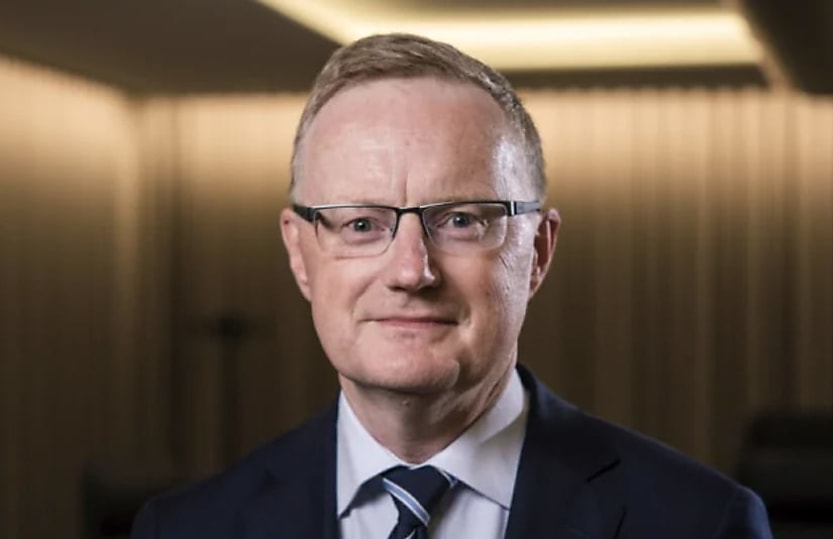Inflation a ‘complicated picture’ for Australia, warns RBA

Recent inflation data has been encouraging but a number of uncertainties and risks remain for the economy.
Reserve Bank of Australia (RBA) governor Philip Lowe said while progress has been made in reducing the inflation rate, with things now moving in the right direction, it is still “too early to declare victory”.
In an appearance before the House of Representatives standing committee on economics, Dr Lowe said it is encouraging to see that recent data is consistent with inflation returning to target over the next couple of years.
The data also indicates that the Australian economy will continue to travel along a narrow path with inflation coming down within a reasonable timeframe and the unemployment rate remaining below the levels of the past 40 years.
“There are, however, uncertainties and risks that we need to remain attentive to,” said Dr Lowe.
The first is the outlook for household consumption, he said, given the large number of factors influencing household finances and spending at the moment.
“Employment has been rising strongly, labour force participation is at a record high and people have been getting more hours of work. Housing prices are also rising in most of the country, and some households built up large additional savings buffers during the pandemic that are still there. These are all positives,” he stated.
“On the other hand, the decline in real incomes and higher interest payments are squeezing the budgets of many households. And, while around one million borrowers have already transitioned from low fixed-rate loans to loans with higher interest rates, a similar number will make that transition over the next 18 months. Consumer confidence is low and rents are increasing quickly as vacancy rates are very low across the country.”
Dr Lowe said the inflation outlook is therefore a “complicated picture”.
“There are scenarios in which consumption is weaker than our central case and others in which it is stronger, with implications for the trajectory of inflation. We are watching developments here very carefully,” he said.
The other key risk is that services price inflation may stay high, prolonging the period of inflation being above target.
“The high services price inflation reflects a combination of factors, including strong demand for services in the wake of the pandemic, stronger growth in nominal wages and incomes, and weak productivity growth. This weak productivity growth is a particular problem for many reasons. Amongst these is that, in combination with a high level of aggregate demand, it is adding to the upward pressure on prices,” said Dr Lowe.
Dr Lowe said the RBA’s forecasts have been prepared on the basis that growth in productivity picks up to be close to the rate in the years before the pandemic, which would contribute to a moderation in growth in unit labour costs and thus inflation.
“If this pick-up in productivity does not occur, all else constant, high inflation is likely to persist, which would be problematic,” he said.
“One related concern is that persistent high inflation could see inflation expectations adjust upwards. At the moment, medium-term inflation expectations remain well anchored, which is positive. But the longer inflation stays high, the greater the likelihood that businesses and workers will come to doubt that inflation will return to target and, in response, they will adjust their behaviour. This would make the task of controlling inflation more difficult and likely lead to a sharper slowing in output and a greater loss of jobs.”
AMP chief economist Shane Oliver said the ABS data on wages and jobs tomorrow will be critical for the RBA’s next decision.
Dr Oliver said that the recent NAB survey indicated there was a rebound in cost and price pressures for businesses despite recent declines.
“This was particularly the case for labour costs and likely reflects the flow through of faster minimum and award wage rises this year and their influencing effect on other wages, along with the increase in the super guarantee and higher power prices,” he said.
“Higher final product prices also suggests that faster labour costs may be getting passed on to consumers, threatening the wage price spiral the RBA has been so intent on avoiding. The spike in labour costs contrasts with RBA business liaison which indicated expectations for steady wages growth at around 4 per cent and we won’t know for sure until September quarter wages data is released in November.”
Dr Oliver said the deepening weakness in consumer spending supports the bank’s view that RBA rate hikes are already working to cool demand which will help bring inflation back to target.
“The RBA needs to continue to exercise patience and leave rates hold. Nevertheless, the rebound in labour costs indicated in the NAB survey highlights that the risk of more rate hikes remains high,” he said.
About the author

